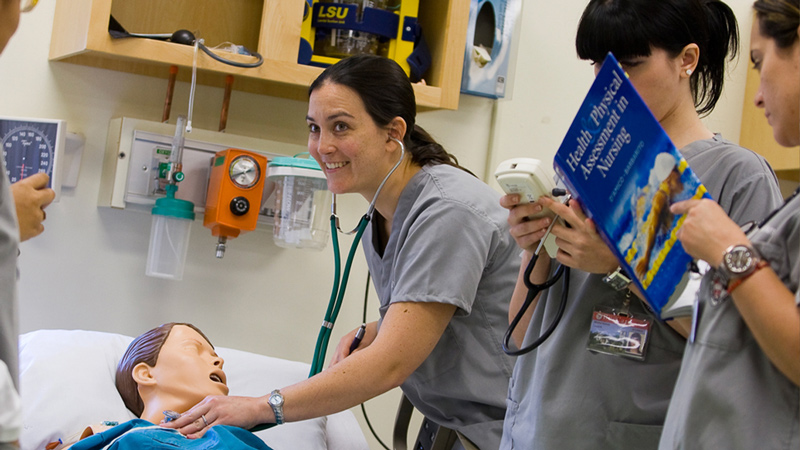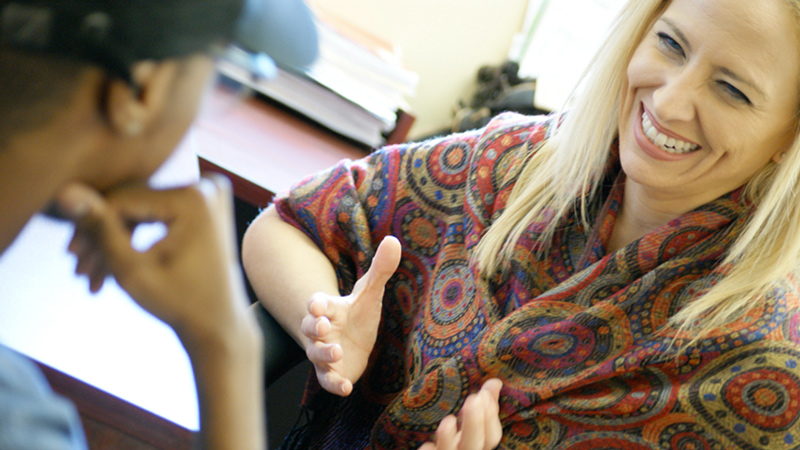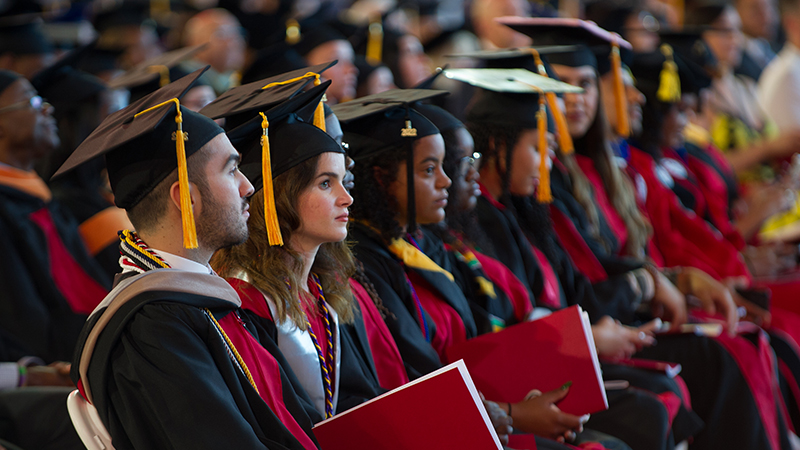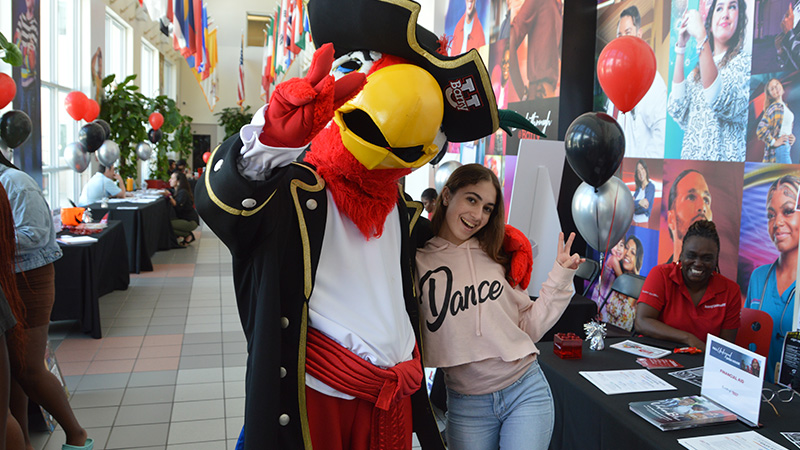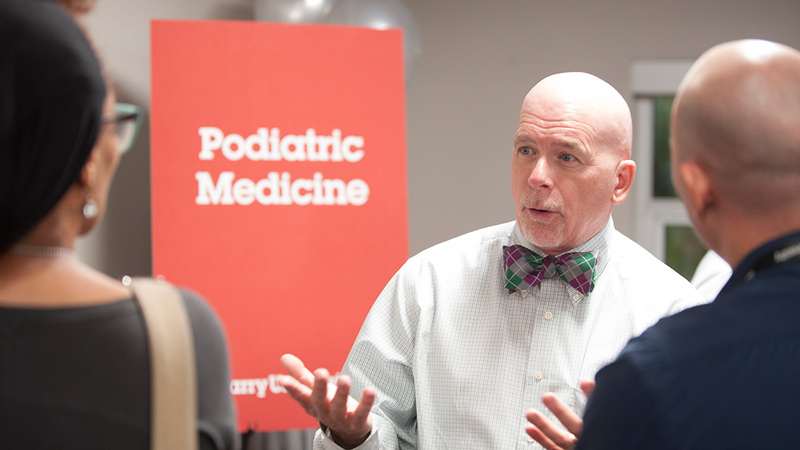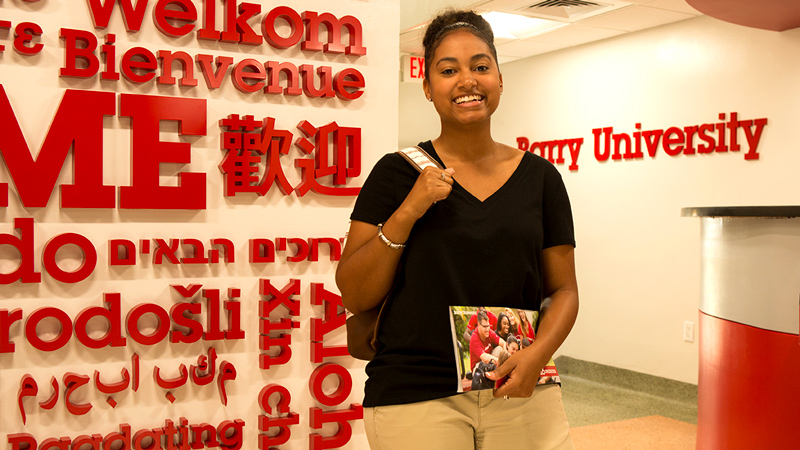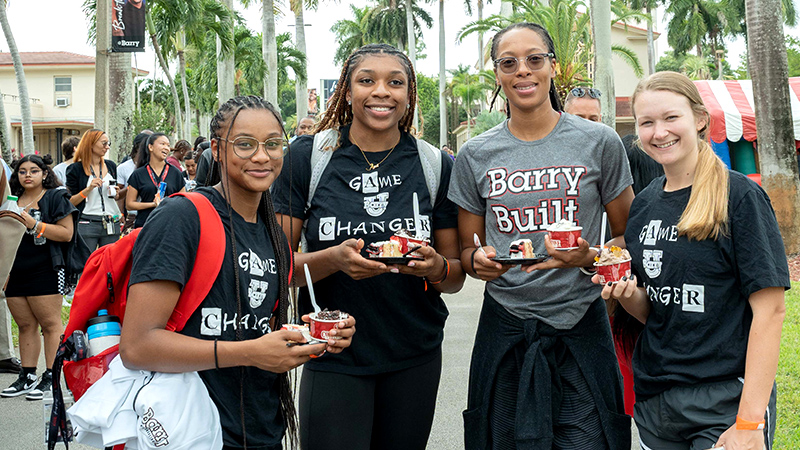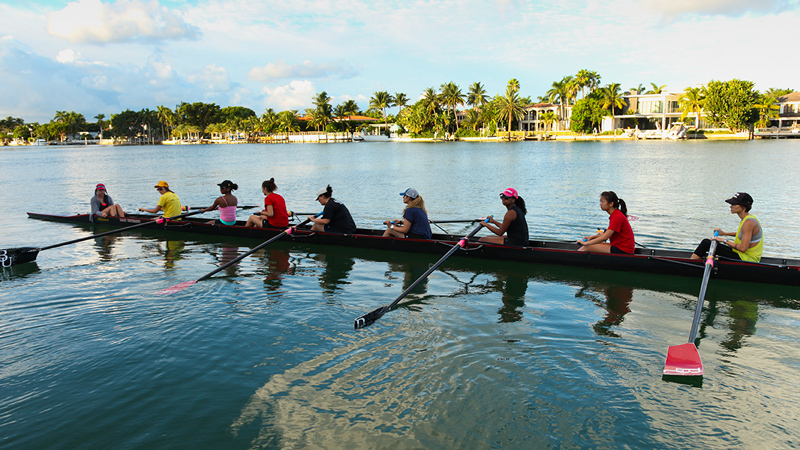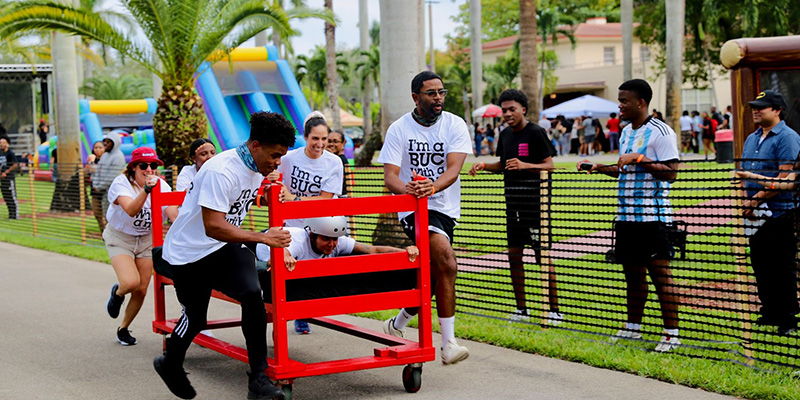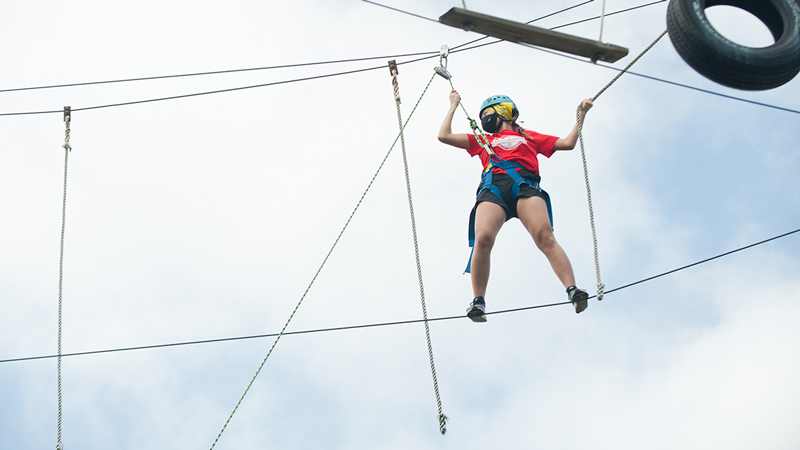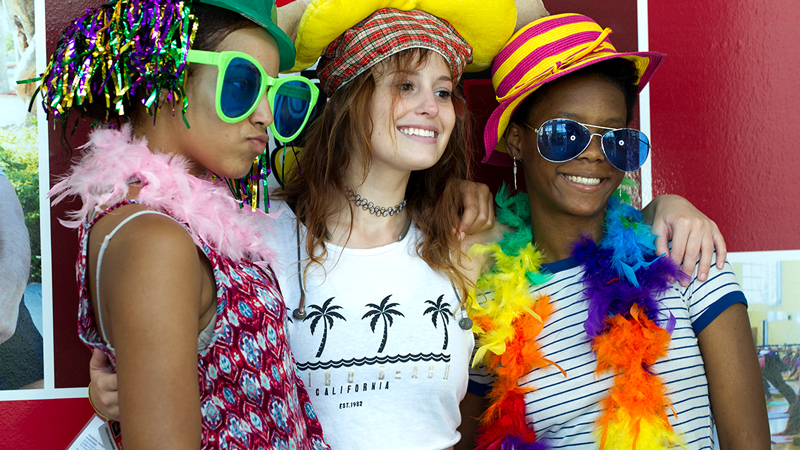In the Visual Arts Specialization there are two degree options available to students.
The Bachelor of Fine Arts (B.F.A.) in Art, a 60 credit major, is respected as the professional degree for visual art. The Visual Arts program provides you with a strong foundation program in studio art and art history. You will have the opportunity to develop your creativity, self-expression, and technical skills.
The Bachelor of Arts (B.A.) in Art, a 39 credit major, is a second degree option for Visual Arts majors and is typically selected by students who are double majoring, have changed majors, or have transferred into the program. An example is students who want to study Art Therapy in graduate school often choose to double major in Art and Psychology.
A significant component to the Visual Arts specialization is participation in the Senior Exhibition. Working closely with the Fine Arts faculty, you will create a cohesive body of work to be displayed in the Senior Exhibition in the Andy Gato Gallery. The exhibition gives you an opportunity to celebrate your success with your family and friends.
